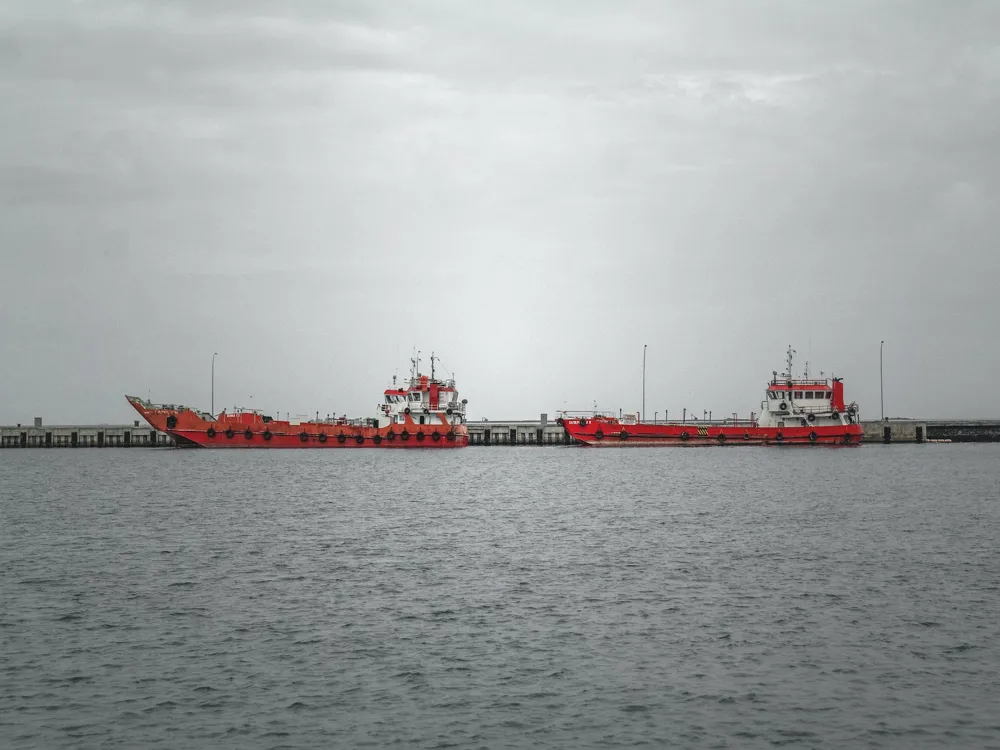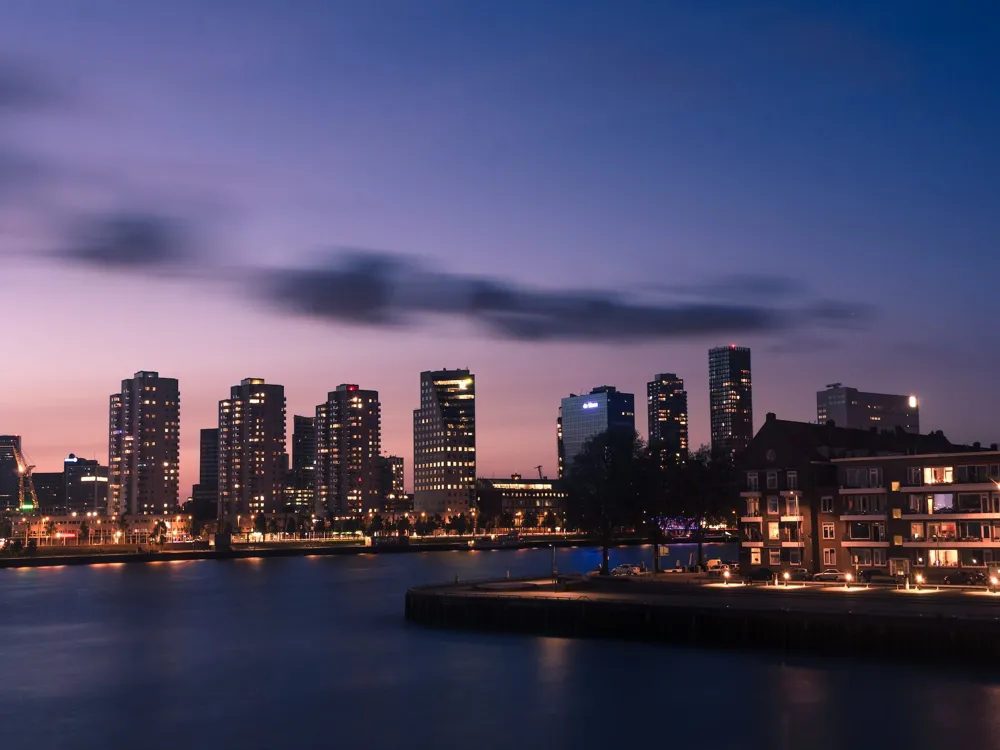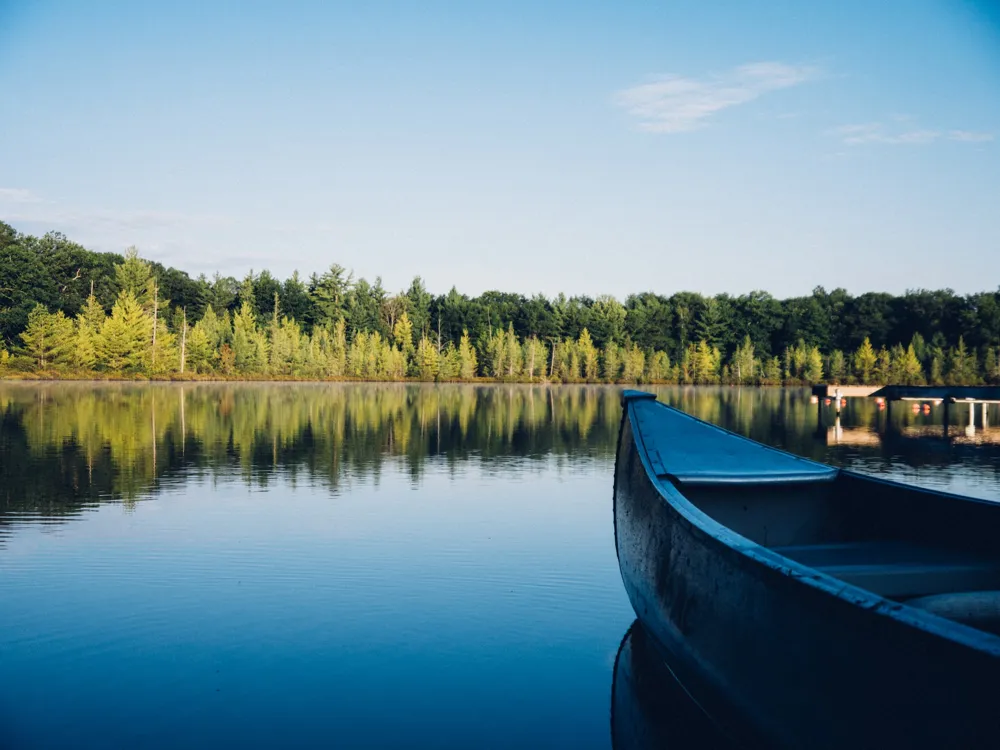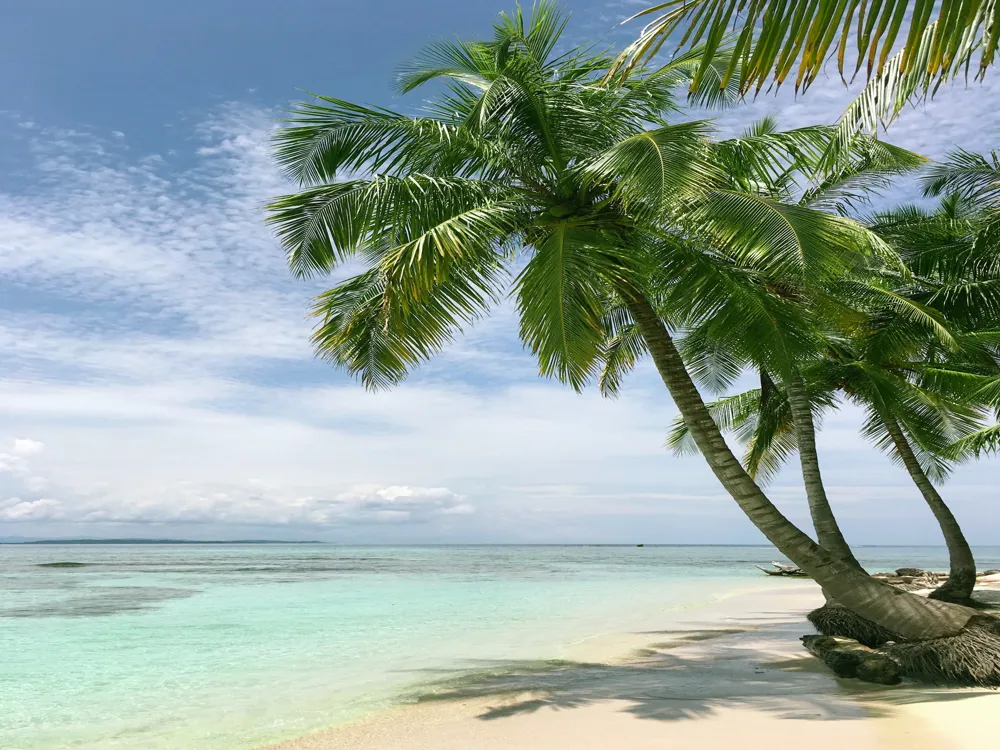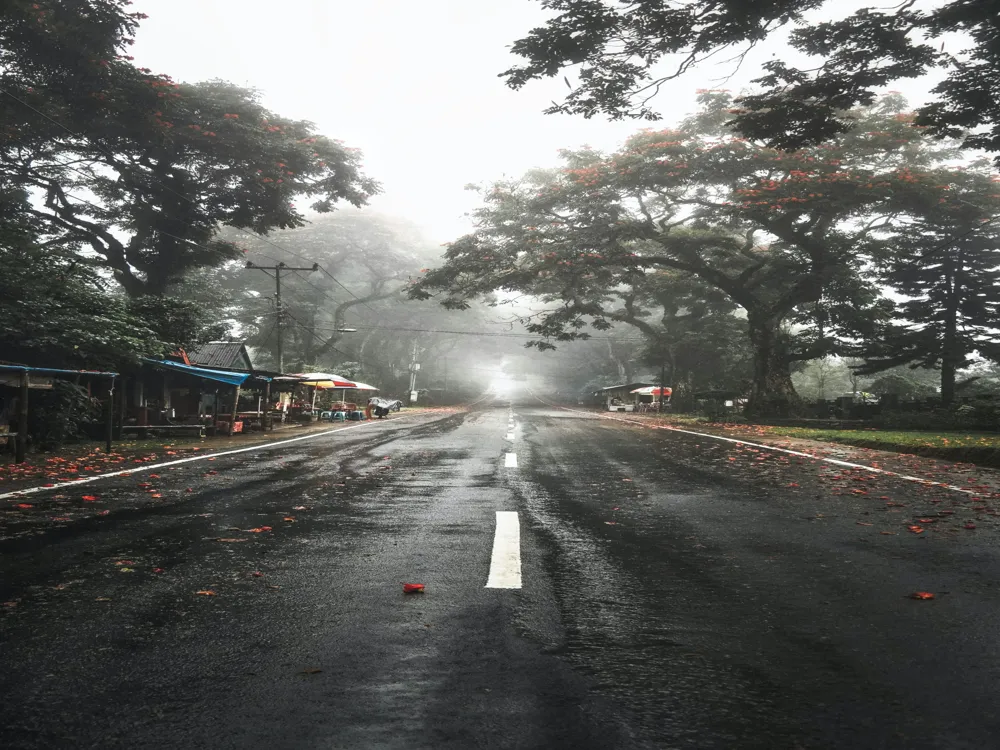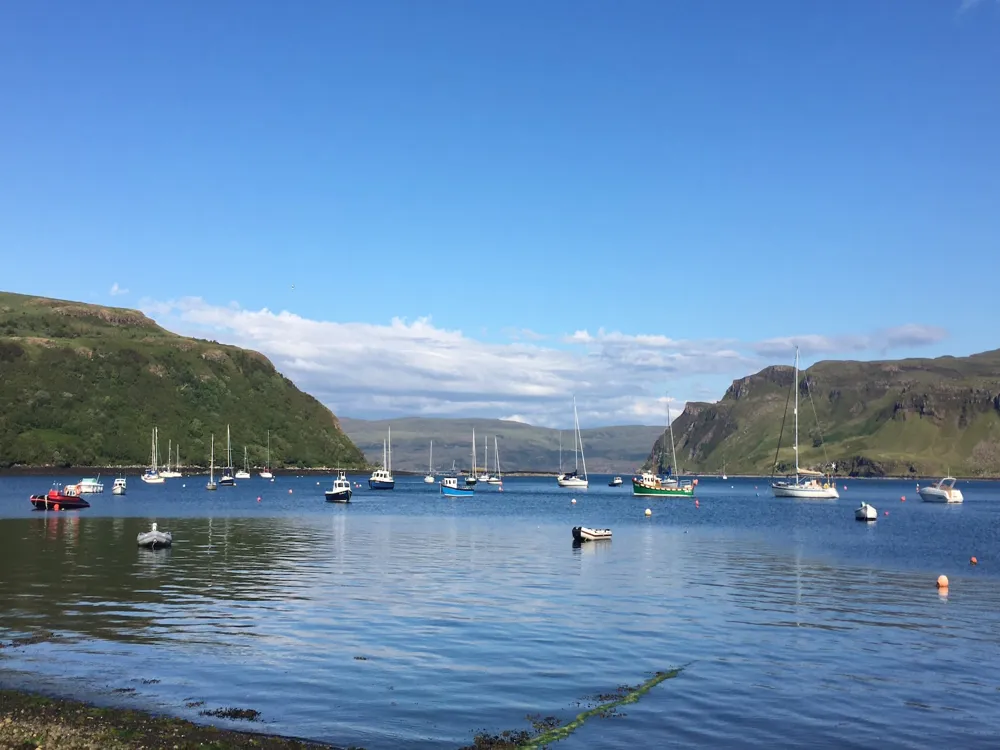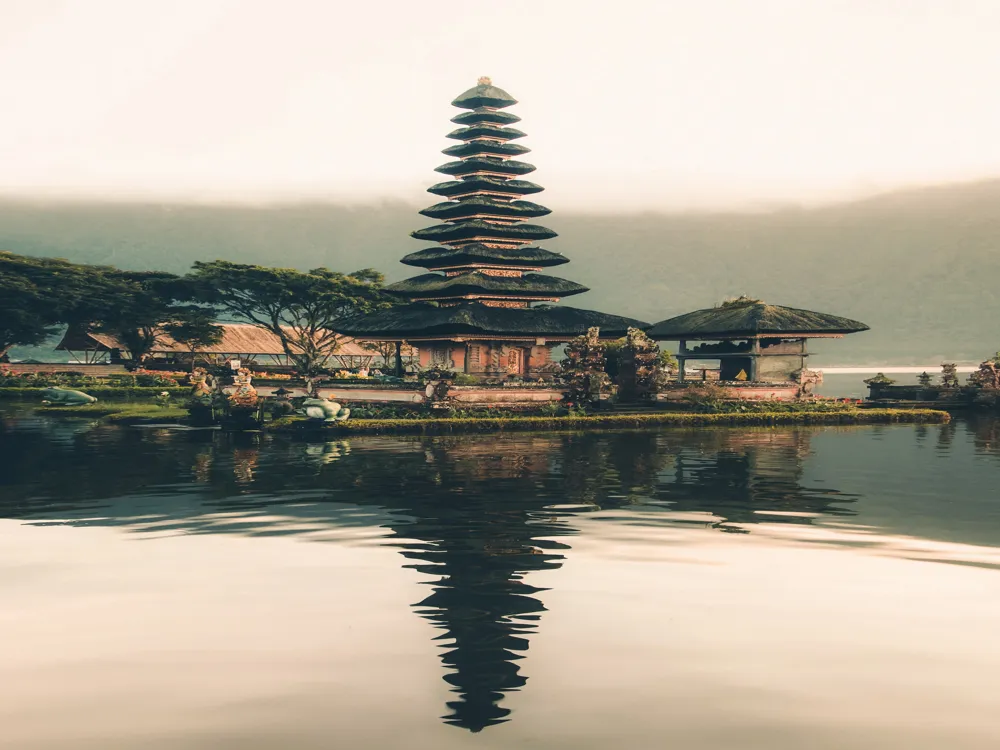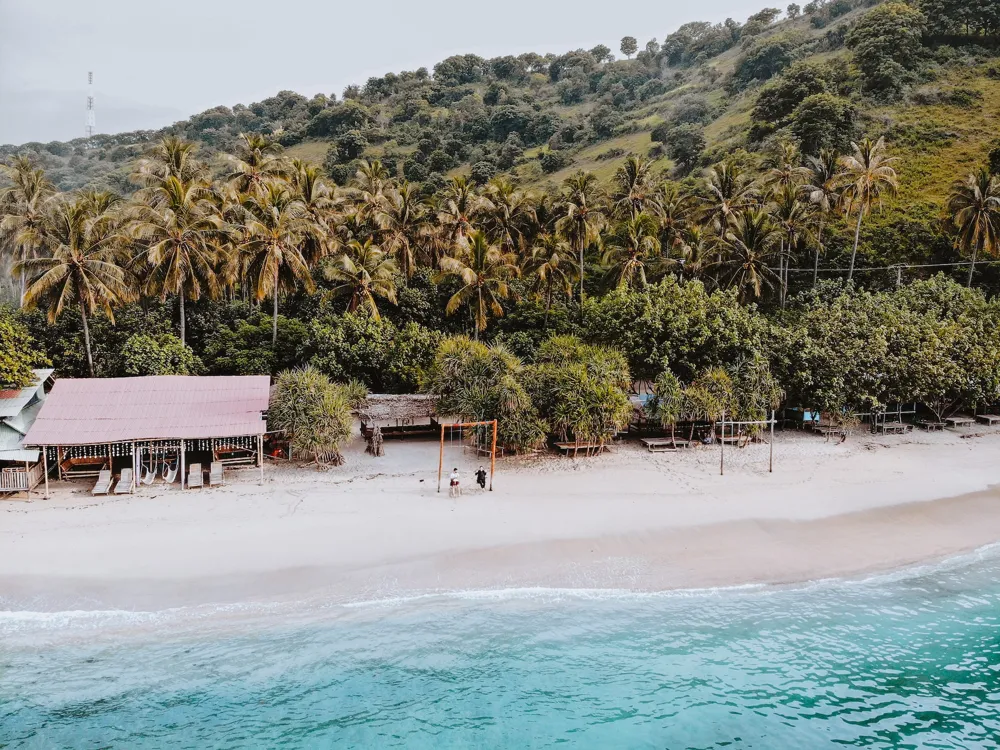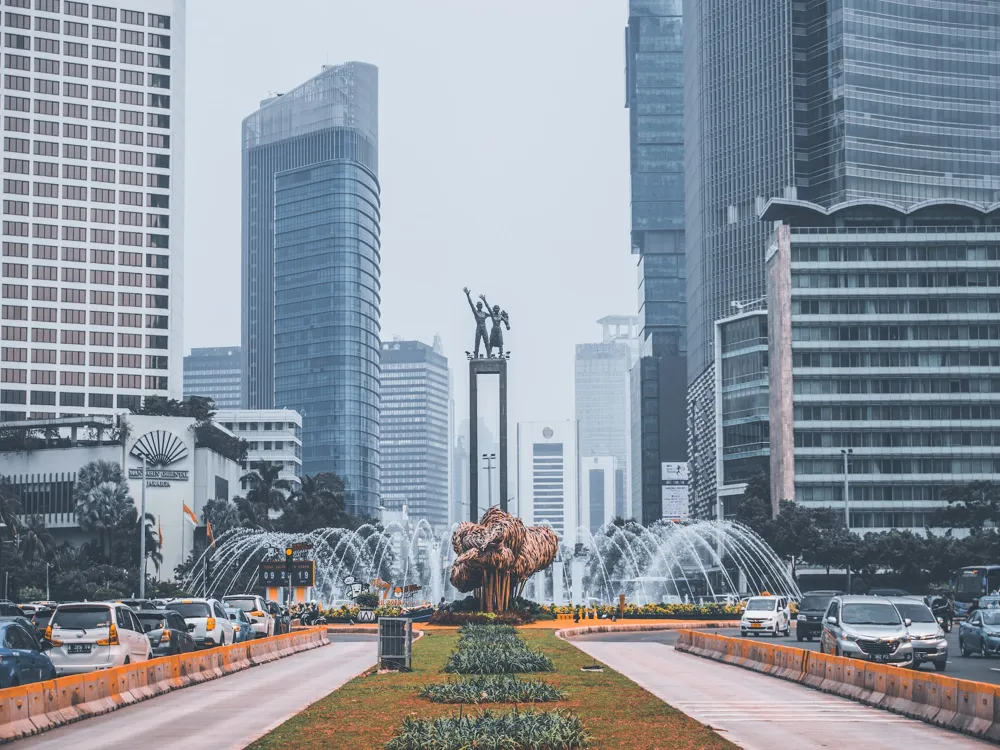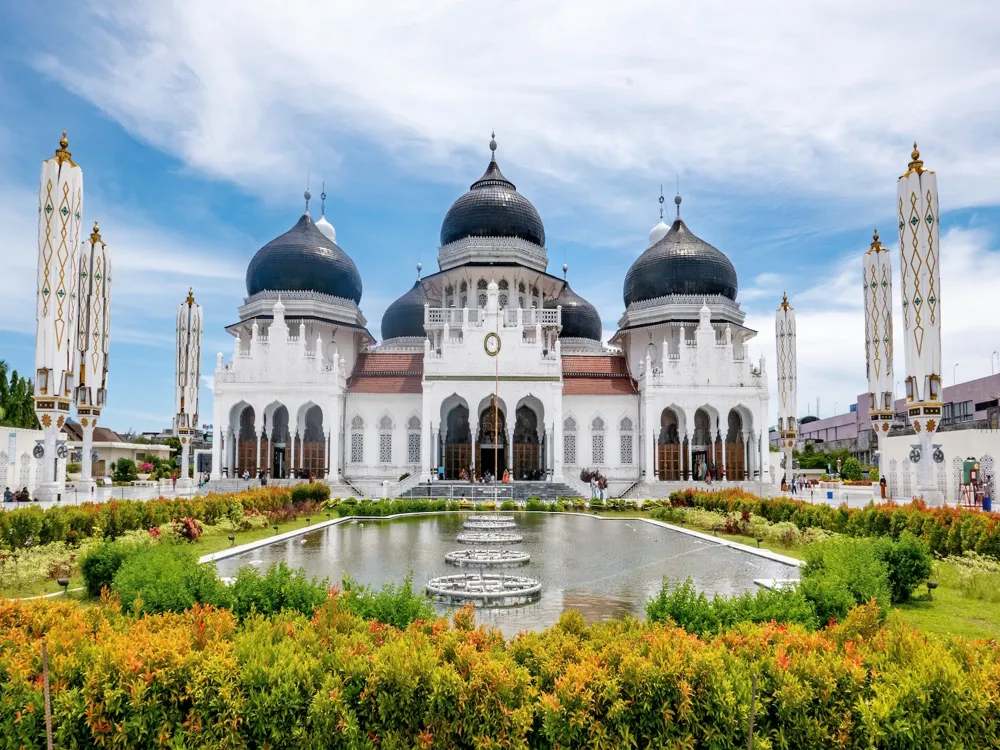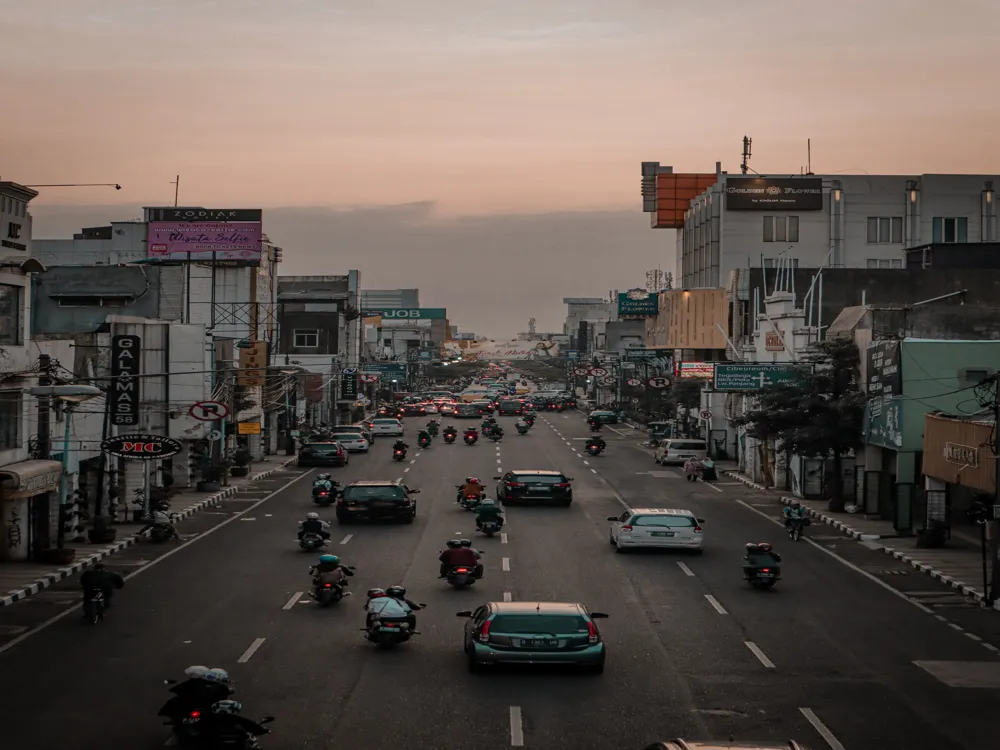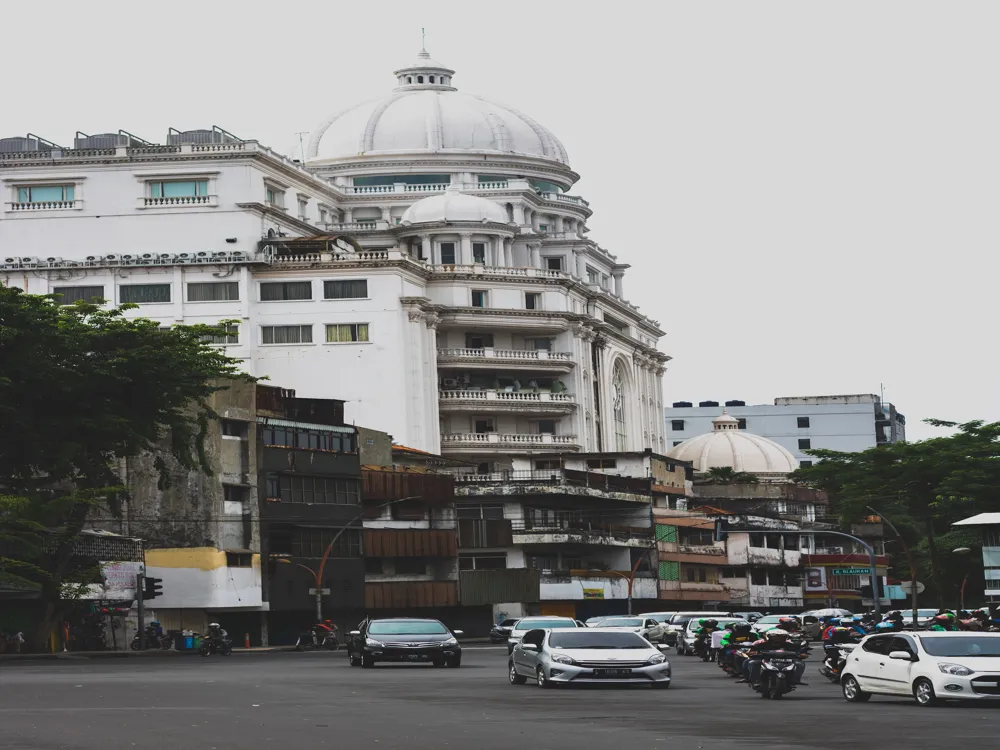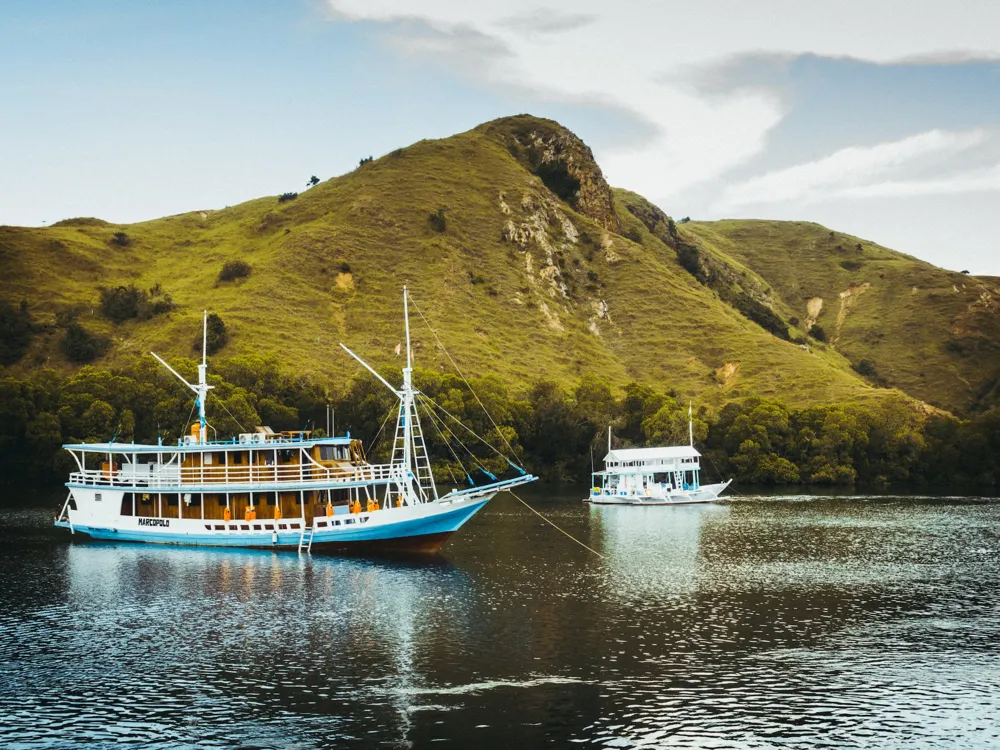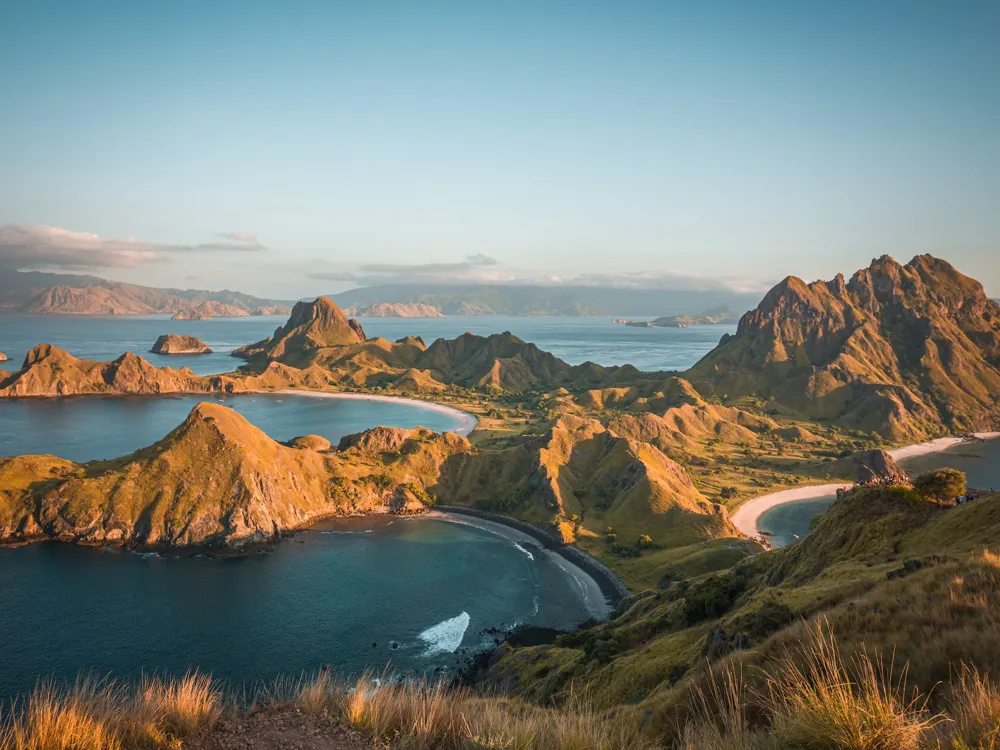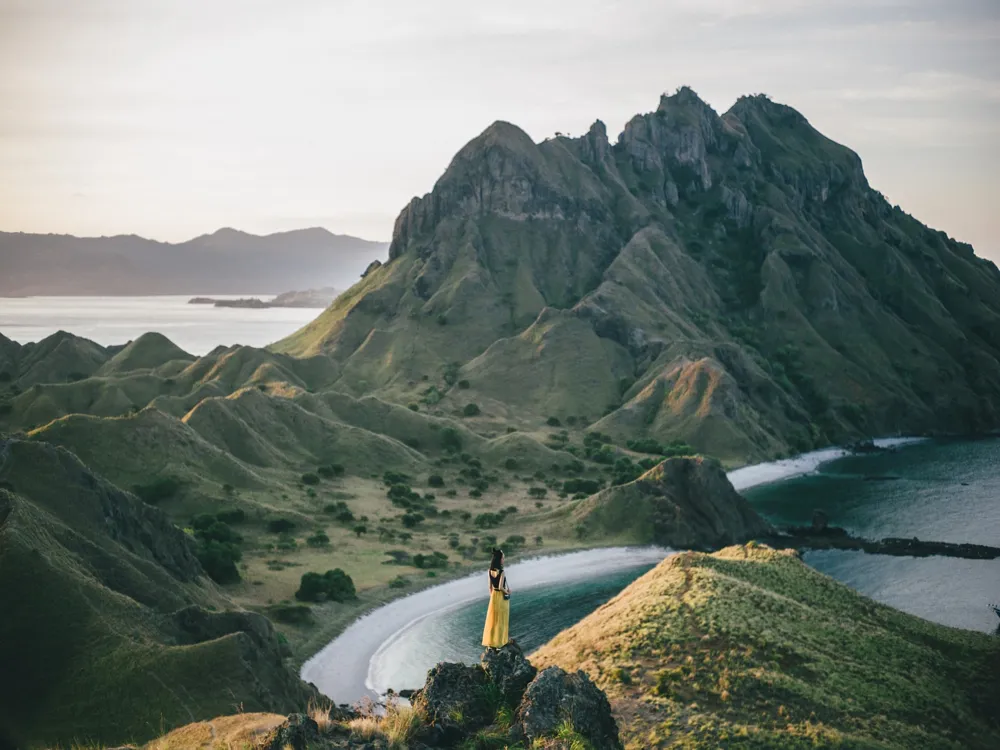Nestled in the lush landscapes of Makassar, Indonesia, Kayangan Lake presents a serene and picturesque escape for nature enthusiasts and travelers alike. Renowned for its crystal-clear waters and stunning geological formations, this freshwater lake is a hidden gem waiting to be explored. The charm of Kayangan Lake lies not only in its natural beauty but also in its cultural significance to the local communities. The lake is part of the larger Coron Island, which is itself a part of the Calamian Archipelago in Palawan. This area is known for its unique ecosystem and diverse marine life, making it a haven for biologists and ecologists. The surrounding cliffs and karst landscapes add a dramatic backdrop to the tranquil waters of the lake. The water in Kayangan Lake is so clear that it's often referred to as the cleanest lake in the Philippines, offering unparalleled visibility into the depths below. Historically, Kayangan Lake has been a significant site for the indigenous Tagbanwa people. It holds spiritual importance, with the lake and surrounding areas considered sacred. This cultural heritage adds an enriching layer to the experience of visiting the lake, as travelers not only witness stunning natural beauty but also gain insight into the local traditions and beliefs. The journey to Kayangan Lake itself is an adventure, involving a scenic boat ride and a trek through lush forests. The lake's entrance is marked by a wooden walkway, leading visitors through a natural archway of limestone. This path opens up to the iconic view of the lake, often captured in photographs and postcards. The biodiversity in and around the lake is notable, with a variety of species thriving in this unique environment. The clear waters are home to numerous fish and other aquatic species, while the surrounding forests and cliffs provide habitat for a range of bird and plant species. This rich biodiversity not only adds to the beauty of the area but also makes it an important site for environmental conservation. The architectural elements of Kayangan Lake are primarily natural, shaped by geological processes over millions of years. The surrounding karst formations are the most striking feature, characterized by their rugged limestone cliffs that rise dramatically from the water's edge. These formations are a result of the dissolution of soluble rocks such as limestone, dolomite, and gypsum, creating a landscape that is both surreal and majestic. The lake itself is nestled within these limestone cliffs, creating a secluded and almost otherworldly atmosphere. The clear waters of the lake reflect the towering formations, adding to the visual spectacle. The unique topography of the area has also led to the creation of numerous caves and underwater tunnels, some of which are accessible to visitors. The Tagbanwa people, who have lived in the area for thousands of years, have also contributed to the architectural landscape of Kayangan Lake. Their traditional houses, built on stilts along the water's edge, blend seamlessly with the natural environment. These structures are constructed using local materials such as bamboo and nipa palm, demonstrating a harmonious balance between human habitation and nature. The wooden walkway leading to the lake is a more recent addition, designed to provide easy access while minimizing environmental impact. This pathway allows visitors to explore the area without disturbing the delicate ecosystem. The walkway culminates in a viewing platform, offering a panoramic view of the lake and its surroundings. The underwater architecture of Kayangan Lake is equally fascinating. The clear waters allow for excellent visibility, revealing a network of caves and crevices beneath the surface. These underwater formations provide a habitat for a variety of aquatic species and offer an unforgettable experience for snorkelers and divers. Overall, the architecture of Kayangan Lake is a testament to the power and beauty of nature. The interplay of natural geological formations, indigenous architecture, and mindful modern additions creates a landscape that is both awe-inspiring and respectful of the environment. The best time to visit Kayangan Lake is during the dry season, from November to May. During these months, the weather is more predictable, with less chance of rain and rough seas, making it safer and more comfortable to explore. Make sure to pack light and comfortable clothing, suitable for tropical weather. Sun protection is essential, so bring sunscreen, hats, and sunglasses. Don't forget to pack your swimwear, as swimming in the lake is a must-do activity. As Kayangan Lake is a sacred site for the Tagbanwa people, visitors are encouraged to show respect for local customs and traditions. Additionally, preserving the natural environment is crucial, so practice responsible tourism by not leaving any trash behind and not disturbing the wildlife. Kayangan Lake offers excellent opportunities for snorkeling and diving. The clear waters provide great visibility, allowing you to witness the vibrant underwater life. Remember to bring your snorkeling or diving gear, or rent them from local providers. For photography enthusiasts, the lake offers endless opportunities for stunning shots. The best times for photography are early morning and late afternoon when the light is soft and the landscape is bathed in a golden hue. Reaching Kayangan Lake involves a combination of air, land, and sea travel. The nearest major airport is in Busuanga, which can be reached from Manila or other major cities in the Philippines. From Busuanga Airport, a land journey takes you to Coron town, where boats to Kayangan Lake can be hired. The boat ride offers a scenic journey through the beautiful islands and waters of the Calamian Archipelago. Read MoreOverview of Kayangan Lake
Architecture of Kayangan Lake
Tips When Visiting Kayangan Lake
Best Time to Visit
Preparing for Your Trip
Respecting Local Culture and Environment
Snorkeling and Diving
Photography Tips
How To Reach Kayangan Lake
Makassar Tourism
Best Time to Visit Makassar
How to Reach Makassar
Things To Do Makassar
Kayangan Lake
Makassar
NaN onwards
View makassar Packages
Weather :
Tags : Lake
Timings : 8:00 AM - 4:00 PM
Time Required : 1-2 hrs
Entry Fee : PHP 300 per person
Planning a Trip? Ask Your Question
Makassar Travel Packages
View All Packages For Makassar
Top Hotel Collections for Makassar

Private Pool

Luxury Hotels

5-Star Hotels

Pet Friendly
Top Hotels Near Makassar
Other Top Ranking Places In Makassar
View All Places To Visit In makassar
View makassar Packages
Weather :
Tags : Lake
Timings : 8:00 AM - 4:00 PM
Time Required : 1-2 hrs
Entry Fee : PHP 300 per person
Planning a Trip? Ask Your Question
Makassar Travel Packages
View All Packages For Makassar
Top Hotel Collections for Makassar

Private Pool

Luxury Hotels

5-Star Hotels

Pet Friendly







